A do-it-yourself sofa cover can become an ideal addition to the interior and a functional cape to protect furniture from dirt. Making such a device yourself is quite simple if you know a few secrets and nuances.
- Advantages
- Functional features
- Why is it better to sew a bedspread yourself
- Necessary inventory
- Selection of material
- Color selection
- Design and shape
- Calculation of fabric consumption
- Sewing a cape yourself
- Patchwork bedspread
- Patchwork and denim
- Patchwork with a fig
- Tapestry knitted capes
- Capes without armrests
- Cover for corner sofa
Advantages
A homemade bedspread for covering a sofa will be a great alternative to a factory product. In the manufacturing process, all sorts of sewing techniques, materials and decorative parts, as well as elements, can be used.
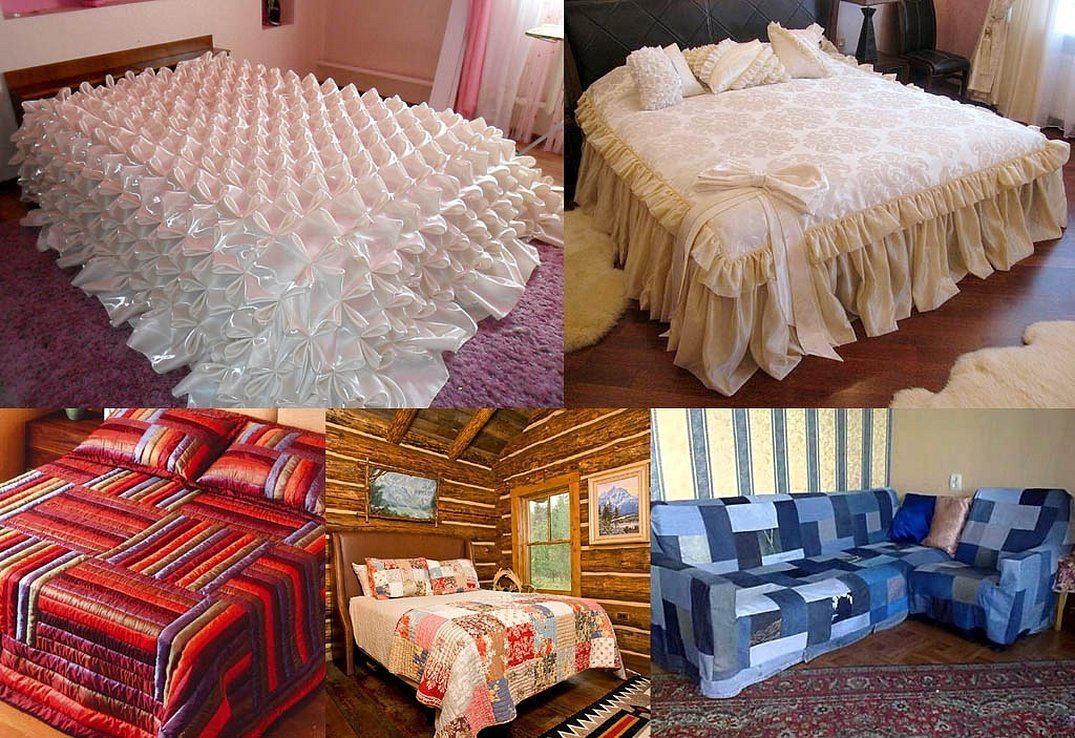
Many handcrafted features make the item valuable and attractive.
Functional features
When making a textile item, you need to immediately determine what it is needed for and why. The item performs several functions at once, which are of great importance in their field:
- The sofa upholstery is protected from mechanical and other damage.
- Prevents dirt from penetrating into the factory upholstery of furniture.
- Decorative. A hand-made product will be unique and will add a cozy and individual atmosphere.
- An additional feature of the model may be the presence of a blanket.
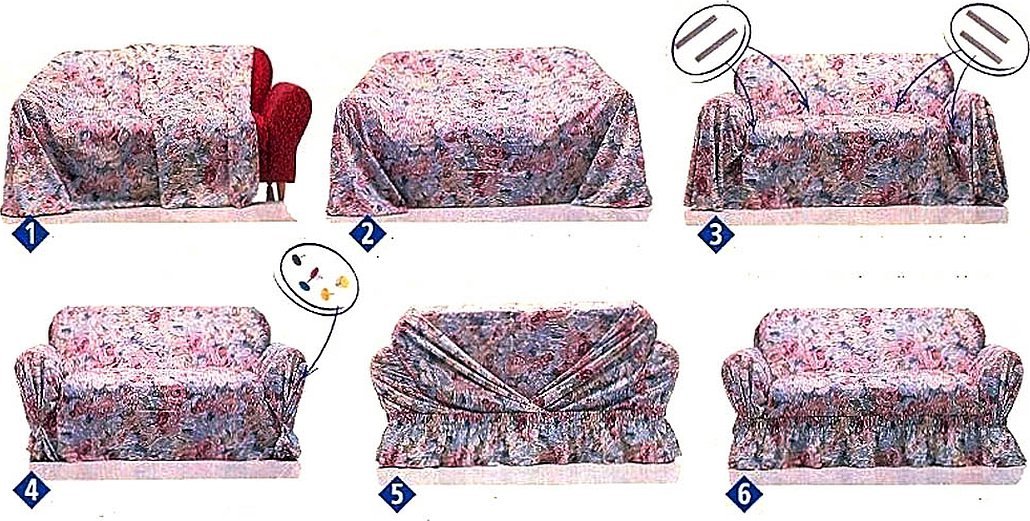
You can come up with a few more elements that will make the thing more original. You can sew small pockets to the side parts of the cover. Here you can store a TV remote control, a magazine, glasses.
Why is it better to sew a bedspread yourself
It is best to sew a thing with such functionality yourself. There are several good reasons for this:
- You can choose individual dimensions and shapes.
- Any material can be used.
- Any type of material can be used for finishing.
- The color of the item depends on personal preference.
- It is easy to choose an individual product design.
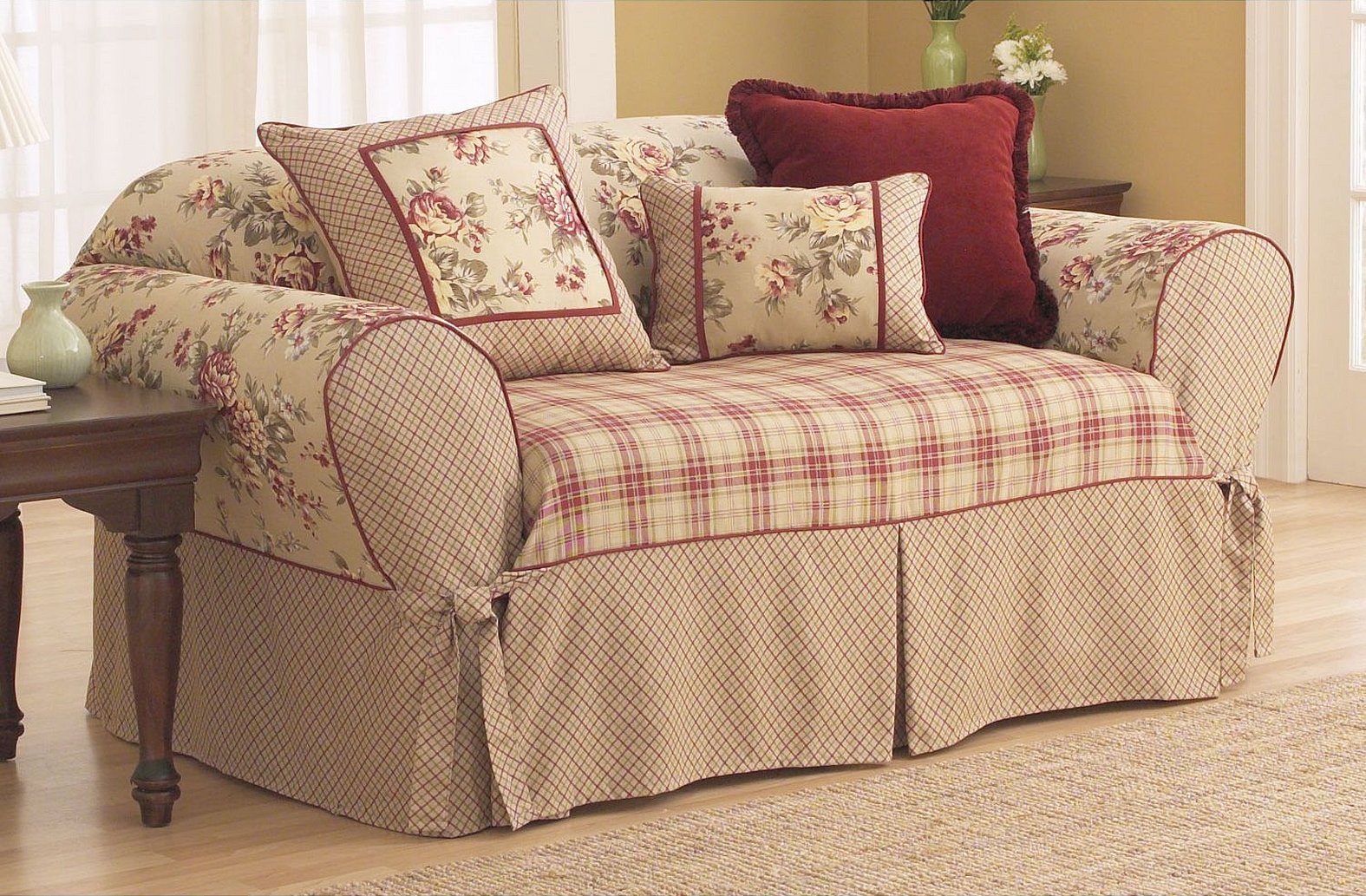
In addition, the item will be of high quality and will definitely last for many years.
Necessary inventory
The set of tools depends on the design of the product and the type of fabric. The standard set of sewing tools will be the following:
- Scissors or a textile knife.
- Chalk, measuring tape.
- Awl, thread, needle, safety pins.
- An elastic band, ribbon or cord to secure some parts.
- Sewing machine for forming basic seams.
- Iron for smoothing seams.
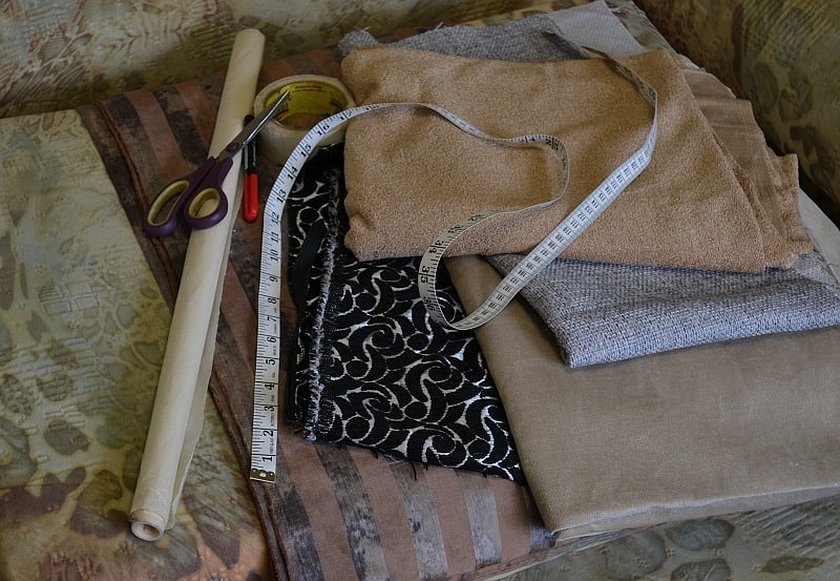
Depending on the model and specific manufacturing conditions, other tools and devices may be used.
Selection of material
There are many options for tactile design that are suitable for sewing this item. In the process of choosing, it is worth paying attention to some nuances that will help you decide. It is necessary to consider how long the item is intended for use, what kind it will look like after sewing.
- Cotton fabrics have many advantages. They are pleasant to the touch, do not cause allergies, durable, beautiful, and come in many colors. The disadvantage is that they shrink after washing.
- Woolen fabric is quite durable and warm, looks very attractive. It can prickle, cause allergies, is not suitable for summer use, is expensive.
- Natural silk is expensive, it is difficult to wash or clean from dirt, but the textile looks expensive and rich.
- Synthetic fabrics are used most often, have a lot of advantages that are inherent in natural fabrics, and are inexpensive. The disadvantage is that they can accumulate static electricity, making it difficult to choose a quality option.
- Tapestry is the most relevant and suitable textile option for sewing furniture covers. It holds its shape well, is dense, does not shrink during washing, and has an expensive and attractive appearance.
When choosing any type of textile, it is worth paying attention to the quality. If the fabric is woven from thin fibers that are not laid neatly, then even the most expensive product will quickly become unusable at the time of use.

Please note! Instead of fabric, strips of bamboo are often used to form throws for a sofa, armchair or chair.
In addition to aesthetic characteristics and quality, you need to pay attention to additional functional features - hygiene, hypoallergenicity, tactile perception.
Color selection
It is worth following the recommendations in terms of choosing the color of textiles:
- In a small living room, the color of the cover should match the tone of the curtains or carpet.
- Large rooms can use bright and colorful items. Dark colors in a large room will make it visually smaller and cozier.
- Warm tones are welcome for northern rooms. Spaces that are constantly flooded with sunlight are perfectly formed with the help of cold colors.
- Those who love change can afford a double-sided blanket.
Important! If you need to hide the wear and tear of a sofa, it is better to make the product lush and with many small details.
Design and shape
To make a cut, you need to decide on the model and shape. There are several basic options. The shape of the parts can be angular or rounded. As for the model, it is important to consider the type of sofa itself - angular, round, long, square.
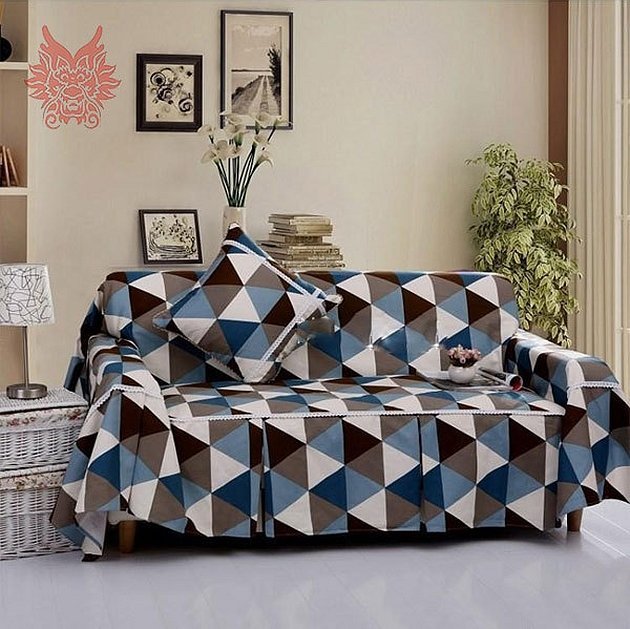
There may be fasteners in the form of ties, elastic bands, buttons, zippers. Additionally, you can sew on ruffles, frills, inserts and frills.
Calculation of fabric consumption
To sew a bedspread for a corner sofa with your own hands or for a straight regular one, it is worth correctly calculating the fabric consumption. To do this, you need to do the following:
- Take measurements of the furniture.
- Decide on the model and design.
- Take into account fabric shrinkage.
Additional information! To check the degree of shrinkage of the fabric, you need to wash, dry and iron a piece of the canvas. Then compare the resulting size of the piece with the original.
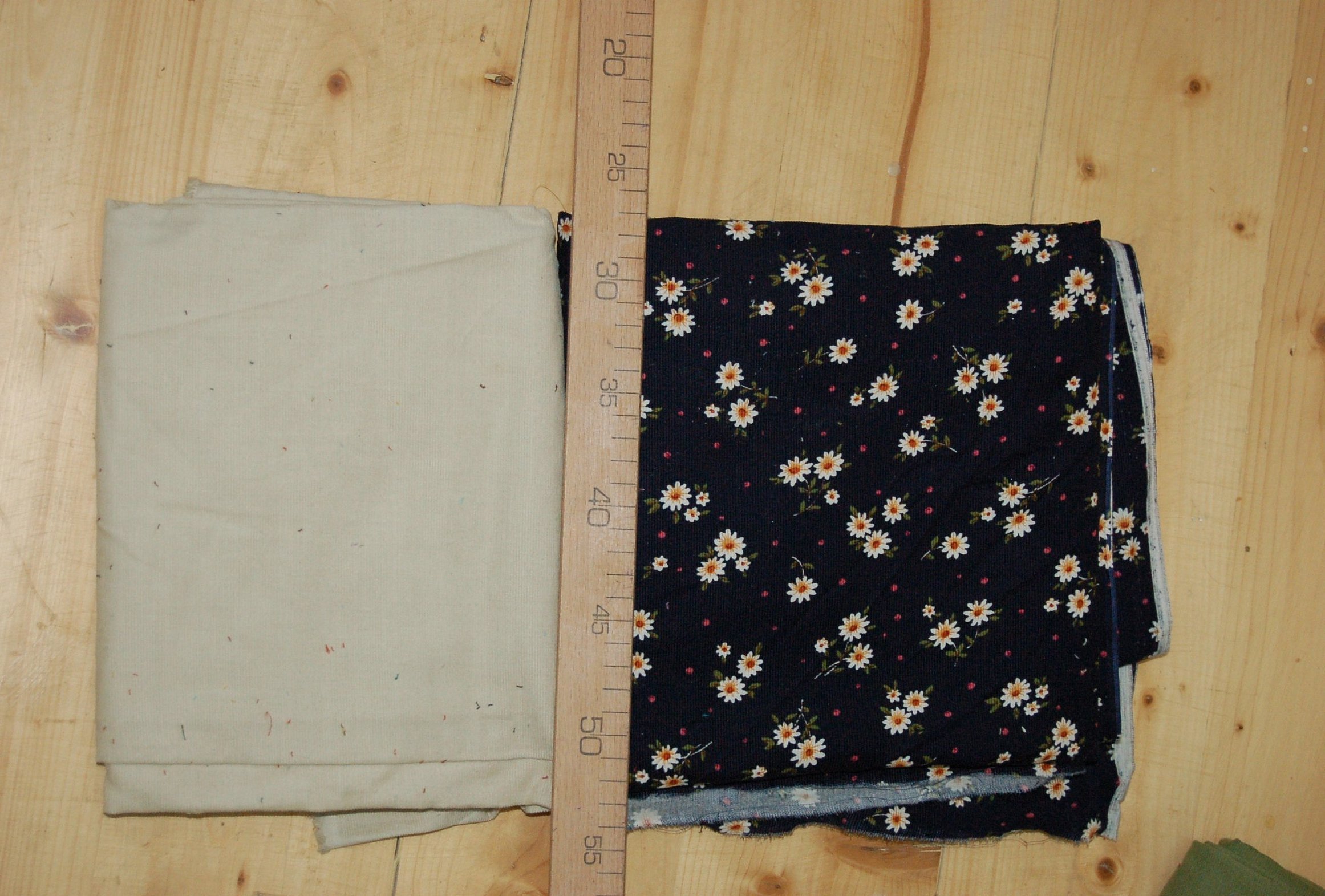
Additionally, you need to take into account the consumption of several cm for turning up and finishing the edges.
Sewing a cape yourself
To understand how to sew a bedspread on a sofa with your own hands, it is worth considering such a technique as patchwork. The technique involves several levels of complexity, which allows even a beginner to cope with the work.
Patchwork bedspread
A wonderful idea for home execution is a blanket made in the patchwork style. In the process of creation, many colored pieces of fabric are sewn together, thanks to which a unique pattern is created.
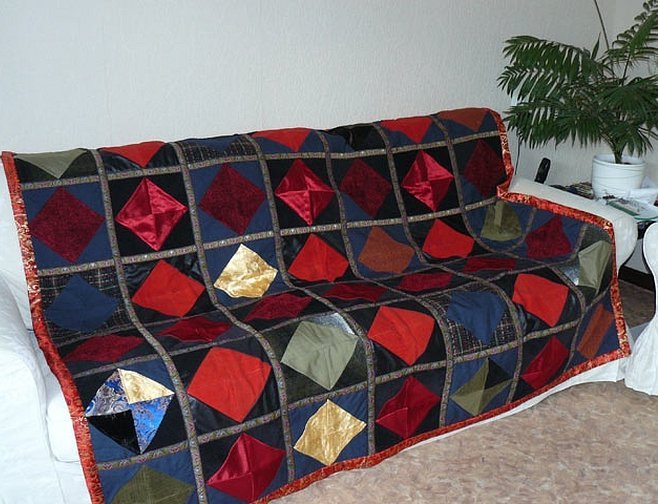
There are a lot of patterns that can be used when working on a unique design.
Patchwork and denim
Patchwork from denim is not such a novelty, which is easy to implement. At the same time, you do not need to look for material - it is enough to cut a lot of identical scraps from old jeans. To diversify the "pattern", it is worth using scraps from another fabric.
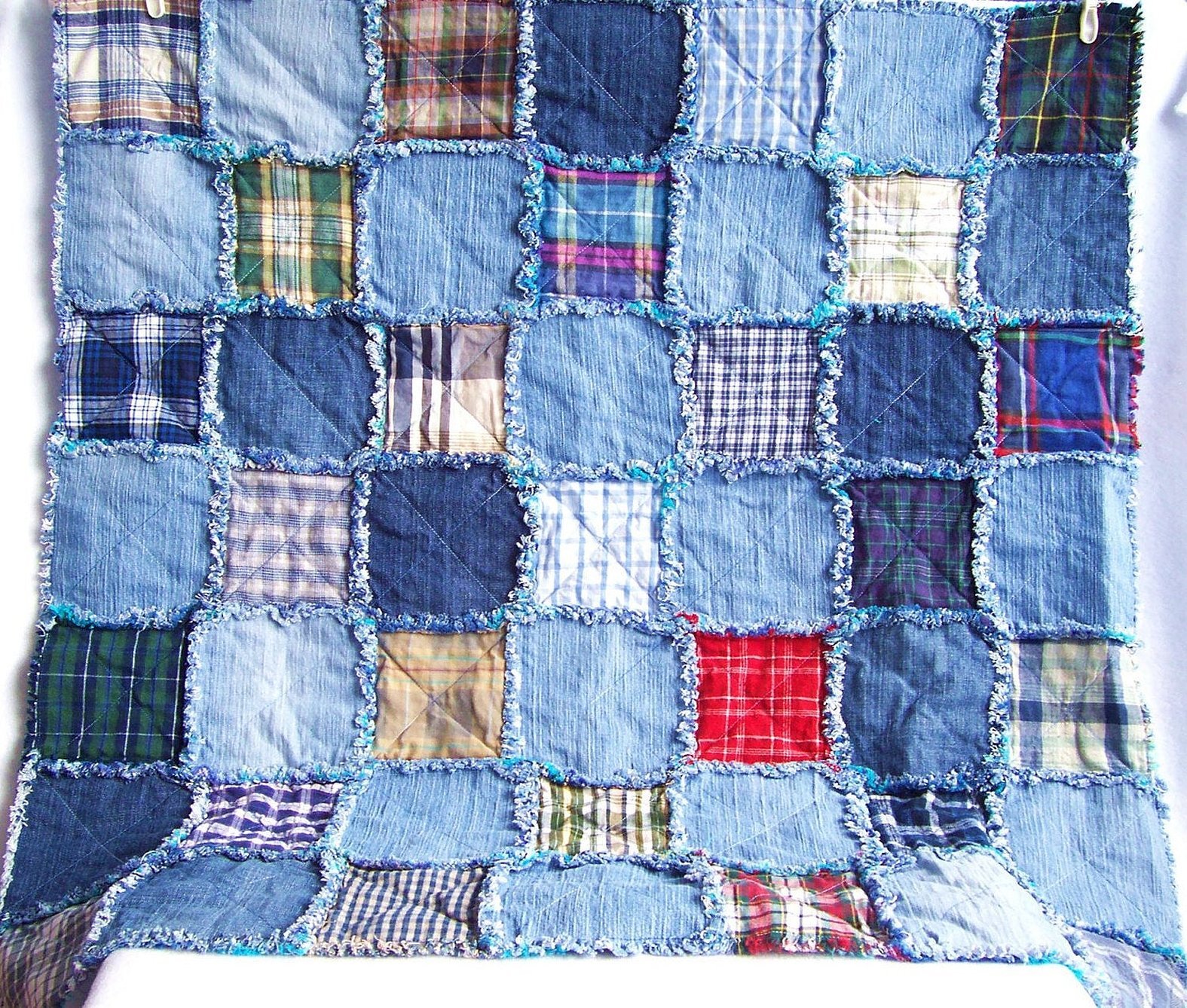
The instructions for working on such a masterpiece consist of just a few consecutive steps - preparing identical patches, forming a pattern and sewing the parts together.
Patchwork with a fig
When creating a patchwork cape with a fig, you should use this “pattern”:
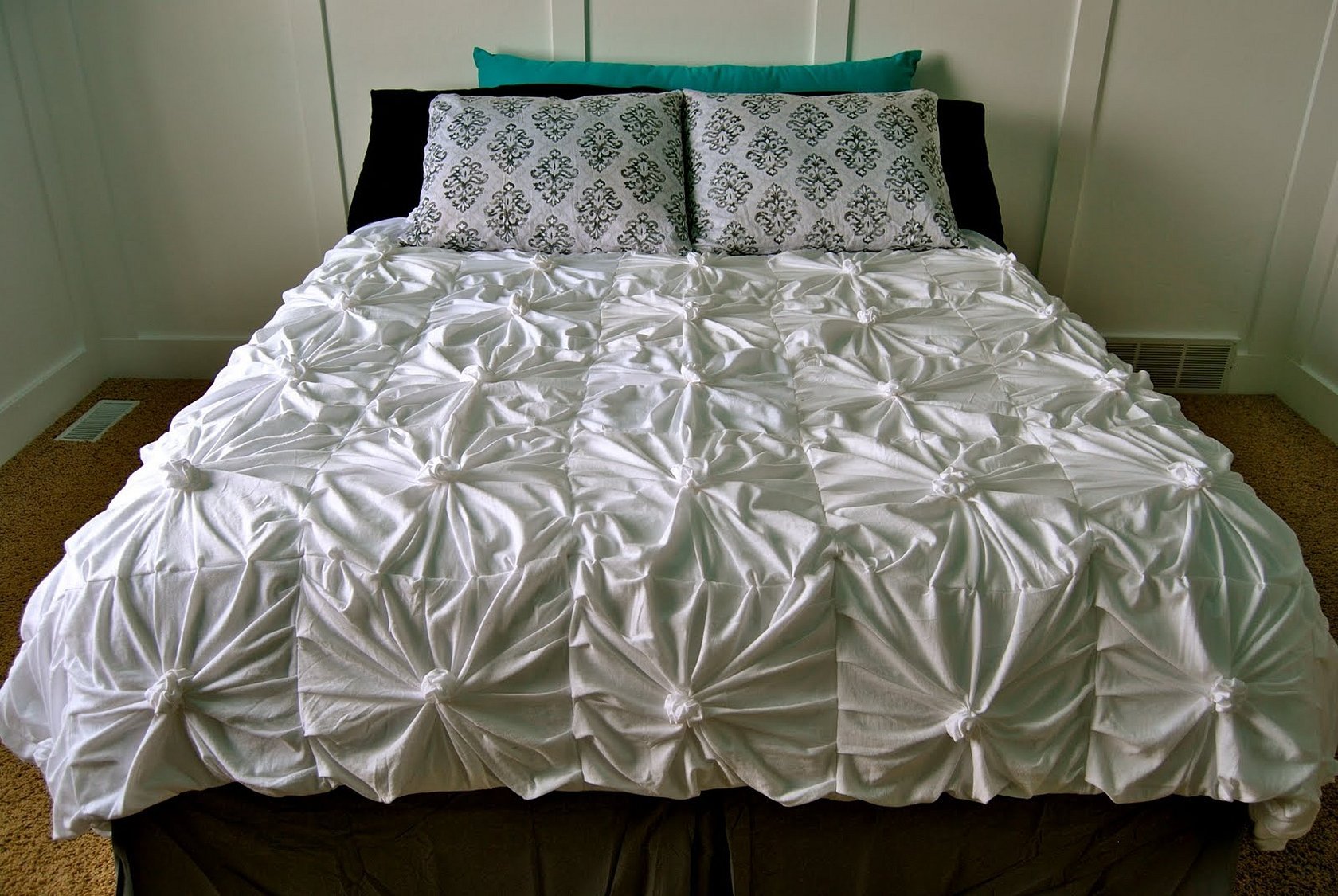
In the process of working on such a product, you need to know the principle of creating the fig itself.
Tapestry knitted capes
If you want to get a beautiful, thick and multifunctional bedspread for your sofa, then you should try making a model that consists of tapestry patches that are connected with yarn.
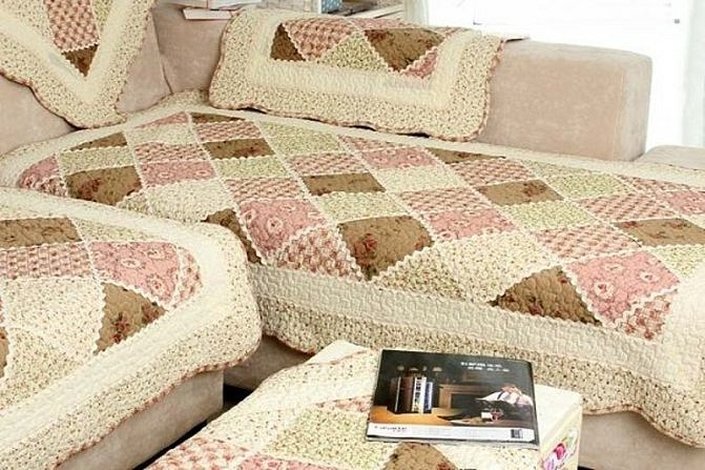
You can form a connecting part for tapestry patches using knitting needles or a crochet hook. It is enough to knit long strips with any pattern, to which the fabric patches will be sewn later.
Capes without armrests
A cape without armrests is the simplest in terms of production. It is worth using this pattern for work:
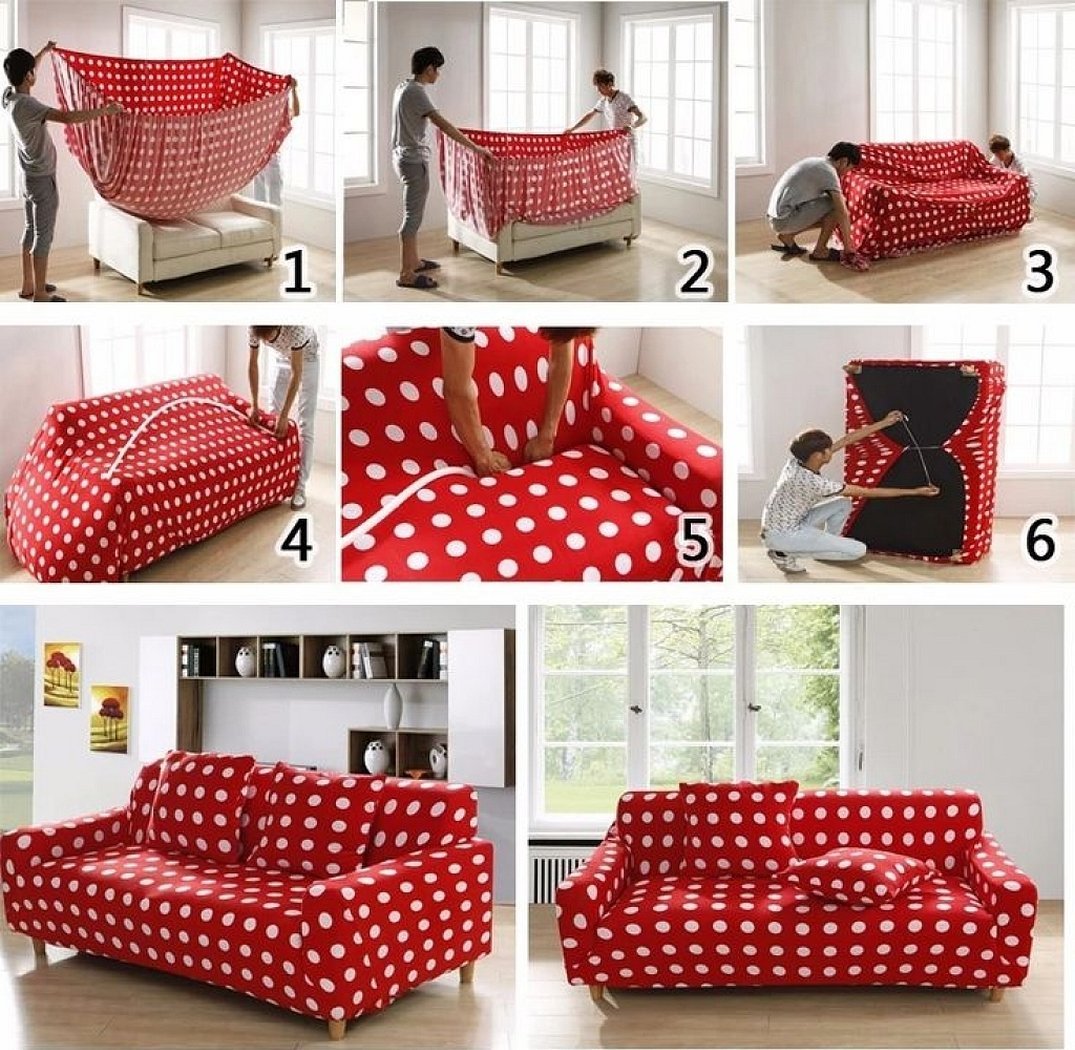
The master class on making it is completely clear from the sewing instructions.
Cover for corner sofa
To decide how to sew a cover for a corner sofa, you should first take measurements of the furniture, and then start working on the item.

To create such a product, you can use any sewing technique and material.

An old sofa will immediately be transformed if you sew a beautiful bedspread for the furniture. There are many options and models of this item, each of which has its own features and advantages. The same applies to the manufacturing plan.




